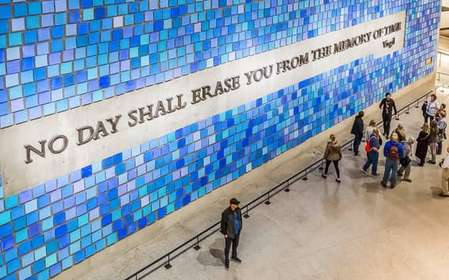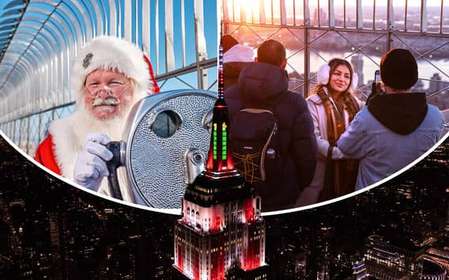- Home
- Useful Tips
- Best ways to experience New...
Exploring New York's rich immigrant history can feel overwhelming when faced with endless options and crowded tourist spots. Over 12 million immigrants passed through Ellis Island alone, yet many visitors miss the profound stories etched in the city's neighborhoods. The frustration of long lines, generic tours, and missed authentic experiences leaves travelers with superficial understanding. Between confusing subway routes and overpriced attractions, you might waste precious vacation time navigating instead of connecting with the poignant narratives that shaped America. This challenge matters because these stories transform buildings into living history – the deli that fed generations, the synagogue that sheltered refugees, the streets where communities rebuilt their lives.


Avoiding the Ellis Island crowds while seeing essential history
While Ellis Island's registry room is iconic, peak hours turn this emotional journey into a packed corridor shuffle. Locals know the secret: take the first ferry before 10am or the last one after 2pm when cruise ship crowds thin. Don't miss the free Wall of Honor outside – its 700,000 names often spark personal connections. For deeper insight, the American Family Immigration History Center lets you search passenger records onsite. Those short on time can absorb the atmosphere from Battery Park's viewing piers, where skyline views frame the island's symbolic importance. The nearby Museum of Jewish Heritage offers powerful complementary exhibits with far shorter lines, including rotating displays of refugee artifacts.
Walking the authentic immigrant neighborhoods like a local
Manhattan's Lower East Side tells stories no museum can replicate, if you know where to look. Start at the Tenement Museum for context (book basement tours weeks ahead), then let the neighborhood speak. Katz's Deli's pastrami sandwiches connect to 1888 Jewish roots, while nearby Essex Market hides family-run stalls from 1940. Walk Orchard Street imagining pushcart markets, then detour to Eldridge Street Synagogue – its 1887 sanctuary survived through immigrant resilience. In Brooklyn, Sunset Park's Latino bakeries and Eighth Avenue's Fujianese shops reveal newer migration waves. These areas reward slow exploration: peek into social clubs, notice architectural details, and chat with shopkeepers who often share personal migration stories.
Finding budget-friendly ways to experience living history
New York's immigrant history doesn't require expensive tours. Start with free ranger talks at Castle Clinton, the pre-Ellis immigration depot. Many ethnic cultural centers offer pay-what-you-can days: the Ukrainian Museum's folk art or the Museum of Chinese in America's exclusion era exhibits. Time your visit for annual events like the San Gennaro Feast or Lunar New Year when streets become living history. Public libraries harbor gems like the Mulberry Street branch's Italian genealogy collection. For transportation, take the 7 train through Queens' global neighborhoods – it's the ultimate cultural snapshot for a subway fare. DIY walking tours using municipal archives' maps let you explore at your pace while discovering forgotten landmarks like Five Points' remaining tenements.
Specialized tours that reveal untold immigrant stories
When ready to go deeper, niche tours unlock narratives most miss. The Tenement Museum's 'Hard Times' tour follows 19th-century families through economic crises, while their 'Under One Roof' program traces Puerto Rican and Chinese laundry worker stories. Food-focused walks like 'Tastes of the Lower East Side' connect culinary traditions to migration routes – think pickles, knishes, and bubble tea as history lessons. For contemporary perspectives, Queens-based operators lead Bangladeshi, Colombian, or Nepali neighborhood tours where you'll visit community centers and family-owned businesses. These experiences work best when paired with preparatory research; reading a memoir like 'Call It Sleep' or watching 'Hester Street' beforehand makes street-level discoveries more meaningful. Remember to ask guides about their personal connections to the stories – these often become the most memorable moments.



